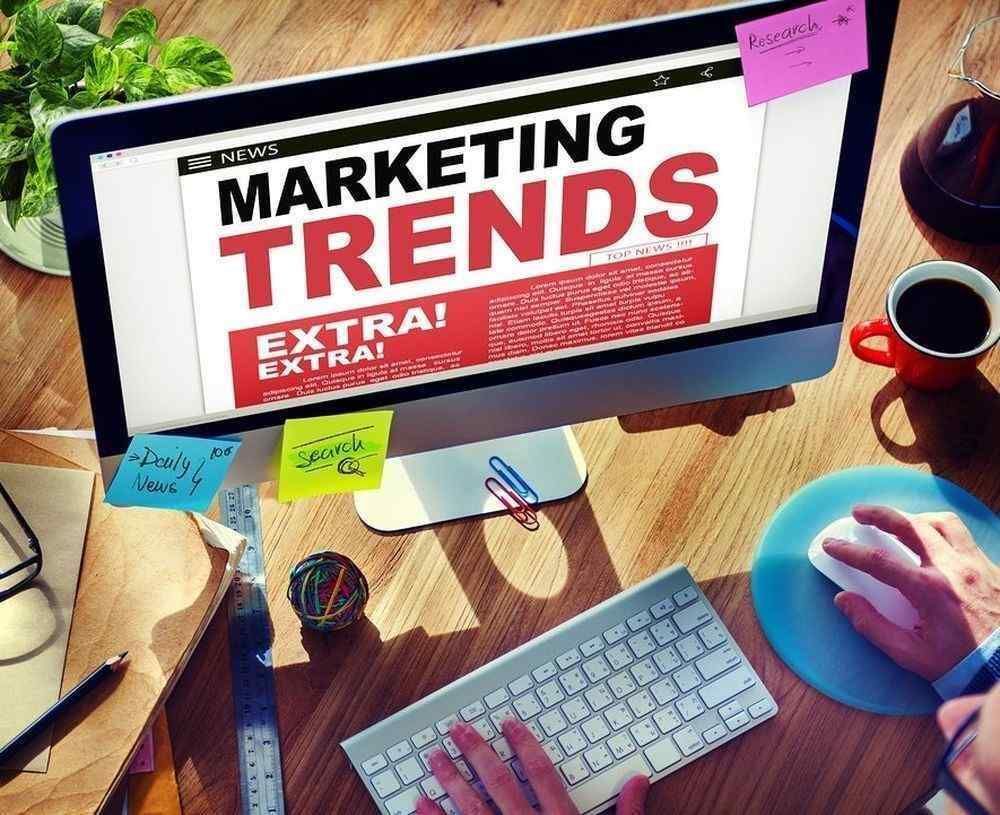
Digital marketing trends can be difficult to forecast day to day, let alone for an entire year. New platforms and companies are driven by the changing preferences of the continuing influx of new users. The risk of jumping onto what may be just a passing fad, however, is offset by the knowledge that failing to adapt your marketing tactics is never the strategy for customer retention. These five digital marketing trends will continue to dominate in 2016 and will be an important part of any marketing portfolio.
1. Content Marketing
Back in the day, brands merely posted a few coupons and engaged with any random audience, and then their content would practically share itself. Consumers today are savvier and more discerning than ever. Creating content with a focus on SEO (rather than actual human readers) can cause content fatigue, which makes it tough to attract, let alone convert, potential customers. Particularly when you consider the trends to follow, brands that will break through will be the ones that continue to find relevant ways to talk to their customers. KFC has done this with clever, viral videos, but it also works for smaller brands, like Intelligentsia Coffee.
2. Native Advertising
Native ads are articles, infographics, videos and more that a company pays to have on a publisher's platform. While this overlaps with content marketing, it's different in that the paid content is made to look "native" to the site it appears on to prevent ad blocking and eyes glazing over the ad. According to PageFair, there are currently 198 million active adblock users, and the numbers continue to grow. Sharethrough predicts that publishers will become more aggressive, using adblock blockers — known as "adblocker walls" — to ensure that ads are shown. Already, many sites ask visitors to turn off adblockers. Native advertising will continue to provide entry into coveted sites.
3. Video
As users become more accepting of online video ads, you will begin to see them pop up in new places and unexpected ways. When Google bought YouTube in 2006, it was clear that video advertising was here to stay. Ten years later, the game-changer has arrived. Last year, Google started testing promoted video ads in search results, broadening the platform's capabilities to include multimedia, as opposed to just links.
4. Unified Experience Across All Devices
This is about more than merely optimizing design. UX (user experience) design entails more than visuals — the ease and intuitiveness with which a user can navigate your site makes a big difference. Bad usability or design is enough to topple a brand in Google's search ranking. For instance, Google gives preference to mobile-optimized websites. As technologies converge, users will increasingly expect their experiences to be seamless.
5. Wearable Technology and the Internet of Things (IoT)
Last year, the Apple Watch was introduced, and you can expect to see this and other wearable devices (Google launched the latest version of Android Wear at the end of 2014) gaining more momentum in 2016, according to CIO. In some sense, this paves the way for more acceptance of the IoT, which is a lofty way of describing network connectivity weaving its way through everyday life (for example, some devices now enable you to use your phone to turn the heat up in your home). Acceptance will lower cost and drive innovation — and create more opportunities for marketers who find a way to connect on these platforms.







